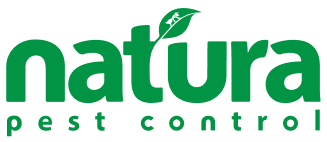There are some words that strike fear into the heart of every homeowner. Structural damage. Black mold. Flooding. And one of the worst of all: termites.
Termites deserve the reputation they’ve received. After all, Americans spend around two billion dollars every year on termite infestations.
The key to great termite control is nipping the problem in the bud as early as possible. If you’re smart, you can start the job before termites start to attack. Here’s how to keep your home damage-free.
step one: assess the problem
As with any issue, you have to know what you’re dealing with before you can fight back.
It’s never too early to get a termite inspection. Termites cause progressive damage. The sooner you catch them, the less expensive your damage will be.
In fact, most homeowners who notice termite infestations themselves don’t reach that point until they have serious damage.
A pest control expert has the specialized equipment and expertise to find termite infestations at any stage. However, an inspection is especially urgent if you have the symptoms of an infestation.
signs of a termite infestation
While you won’t always see them or know what they are, termite infestations can have warning signs.
Seeing Termites
While termites spend much of their time in wood or underground, they do come into the open. Put simply, termites look like white ants. There are no white ants so if you think you’ve seen some around, those are termites.
Your ears could pick up another sign of termites. When termites are feasting on wood and they detect a threat, they bang their heads on the wood. This warns their fellow termites.
In some cases, you can hear that banging. It sounds like a like clicking on your walls.
In more severe infestations, you’ll be able to notice the damage to your wood. Termites eat wood from the inside out. If you knock on a piece of wood and it sounds hollow, that’s a clue.
Finally, termites leave droppings behind for you to find. The way you’ll identify them depends on the type of termites you have.
Subterranean termites live underground and travel to your wood to eat. These termites use their droppings to create tunnels. You may find what appears to be mud tunnels near your home.
Another type of termite is the dry wood termite, which lives in your wood. These termites push their droppings out of the wood. To humans, the droppings look like black dust near pieces of wood.
step two: get termite control treatments
When you know your enemies, you can destroy them. Now is the time to pursue termite control treatments.
Our termite control experts will use direct products and specialized expertise to access and get rid of your termites.
A word of caution: make sure your pest control team comes back for a reinspection. This is a matter of policy at Natura. It allows us to ensure that our treatment was successful and to retreat areas if necessary.
step three: prevent future infestations
When your termites are gone, the job isn’t over. To avoid starting from scratch again, you need to take preventative measures.
single out the entry points
Termites need a way to get into your home. You can keep them outside by doing a thorough check of your home.
The most common culprits are cracks in a home’s foundation. You could also have gaps around your doors or windows as well as other breaches in your home. Many pest control inspectors will make this part of their initial inspection.
In the case of subterranean termites, they often look for wood that goes from your lawn to your home. Trees, fences, and other wooden items could be to blame.
When you identify these entry points, seal the cracks, and get rid of wood bridges to keep termites out.
keep your gutters clean
Cleaning your gutters has several purposes.
It makes your home look clean and well-maintained. It allows water to drain off your roof and keep excess pressure off the gutters. What most homeowners don’t know is that it lowers their termite risk.
Leaves are common food sources for termites. The leaves attract them to your gutters and from there they find their way into your home.
rethink your landscaping
Plans and shrubs can brighten up any lawn. If you don’t place them well, they can also bring termites into your house.
As we mentioned above, termites love to feed on leaves. That isn’t limited to the leaves in your gutters.
When your landscaping is too close to your home, it becomes termite bait. The rule of thumb is to keep plants at least six inches away from your foundation.
pest control maintenance
All the steps above take away the factors that attract termites to your house. That’s only part of the battle.
You also need to directly block the termites from getting in. The best way to do this is with ongoing barrier treatments.
Our pest control team places a pellet barrier around your home to kill any termites that try to get through. This barrier breaks down over time. For continued protection, we need to reapply it every few months.
The best option is to get onto a regularly scheduled pest control program. You don’t need to remember to book appointments and your home will stay protected.
keeping your home termite-free
Termites are small in stature but they can be one of the most expensive problems for a home. They can cause immense structural damage in less time than you think.
The key is treating the problem early, treating it well, and preventing it from happening again. The termite control tips above can keep your home safe and sound for decades to come.
if you’re due for a termite inspection or if you’re seeing signs of an infestation, call our pest control team to schedule a visit.


